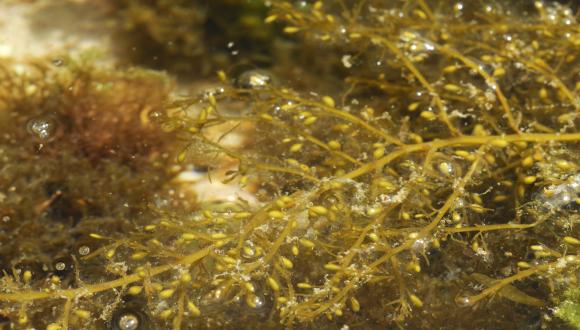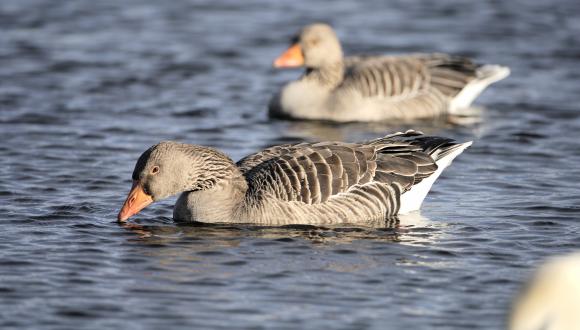Hebridean Mink Project
This project aimed to eradicate American mink from the Outer Hebrides, to protect internationally important populations of ground nesting birds.
The spread of the American mink and its continued presence across the Outer Hebrides threatened many bird populations. Mink arrived here when fur farms were set up in the 1950s, with feral animals recorded on Lewis by 1969. Mink had reached South Uist by 2001.
We set up the Hebridean Mink Project in 2001 to prevent further significant disturbance and losses to ground nesting birds and migratory species found in Special Protection Areas.
Mink numbers are now at very low levels, with only seven animals caught in Lewis and Harris in 2016. Of these animals, one was a non-breeding female, and no juveniles have been caught since 2015. Our monitoring revealed a satellite population of mink in the Uists, and this has also now largely been removed.
The number and distribution of tern colonies across the project area continues to exceed expectations, with many more small colonies successfully breeding. Anecdotal evidence suggests that many other bird species such divers, waders and ducks have also risen in number.
A monitoring system of kill traps has now been distributed throughout the Outer Hebrides to detect and remove the last few remaining mink.
Project aims
The project aimed to:
- eradicate American mink entirely from the Outer Hebrides
- continue to monitor North and South Uist for mink activity
- collect data on effective control methods
- assess the effects of mink control methods
- promote awareness of bird conservation and the international importance of the Western Isles, including the risks posed by mink
We continue to share our findings with other European countries facing similar problems, including Poland, Norway, Spain, France and Iceland.
Species under threat
Species considered at risk included the:
- arctic, common and little tern
- black-throated and red-throated diver
- dunlin, corncrake and ringed plover
- duck species such as teal, shell and eider
- dipper and a range of other ground nesting passerines
Introduced predators like the mink could cause lasting damage in the almost tree-less environment of the islands. Left unchecked, they could destroy in a handful of decades the populations that have grown up over centuries.
Phase 1
Work began in 2001 to trap mink in the North Uists, Benbecula and, latterly, South Uist. The project included South Harris, which acted as a buffer zone against migration from further north. Phase 1 ended in March 2006.
Phase 2
We began to actively manage mink across Lewis and Harris. The first and most critical stage in phase 2 was to re-establish a buffer zone for the Uists. To help achieve this, a focused trapping effort was begun on South Harris, including targeted trapping around known tern colonies. The team then continued to trap mink all the way to the Butt of Lewis.
Phase 2 completed in March 2013, after which the project team was reduced from 12 down to 6 full-time staff. As the trapping effort was also reduced, the planned monitoring of the remaining mink population increased.
Monitoring phase
In 2013, the project moved to a monitoring phase, in which footprint traps were used to establish the presence of mink and to then trap them. As mink can move great distances in very short timescales, we had to abandon this strategy when very low densities of mink were reached.
We now use kill traps to provide a lethal monitoring system that will remove the final few animals. This system also accommodates the further reduction in staff from six to three trappers. There’s no legal requirement to check kill traps every 24 hours, as the animal is already dead.
All traps are carefully set to exclude all non-targets except feral ferrets and rats.
Project benefits
- A brighter future for wildlife-based tourism on the Outer Hebrides.
- Benefits for anglers and fish farms – as the considerable damage caused by mink to farmed fish and young wild fish stocks has been removed.
- Crofters are once more able to keep chickens and ducks now that the severe predation on domestic poultry by mink has been minimised.
- The project created 12 full-time jobs and supplies were purchased locally whenever possible.
Find out more
To report mink sightings elsewhere in Scotland.
Contact (for Outer Hebrides area)
Iain MacLeod
Telephone: 01463 701636
Email: [email protected]







